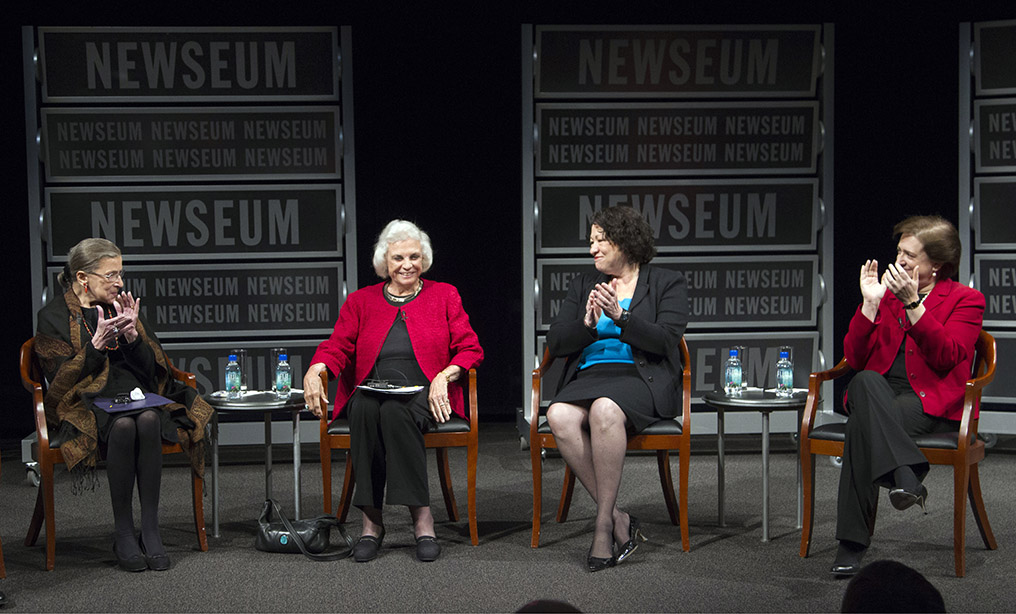Book review: “Shortlisted: Women in the Shadows of the Supreme Court” by Renee Knake Jefferson & Hannah Brenner Johnson. NYU Press, 2020, 304 pages, $30
Forty years ago, no woman had ever served on the U.S. Supreme Court, and only one justice had served on any court that had a woman as a member. Potter Stewart, who at 39 became the youngest federal judge in the country when President Dwight Eisenhower appointed him to the U.S. Court of Appeals for the Sixth Circuit in 1954, joined a bench that included Florence Ellinwood Allen, the first—and, at that time, only—woman in the history of the Republic to serve as an Article III judge. Allen was 70 when Stewart joined her court. A jurist with a national reputation and more than 35 years’ experience, she had been shortlisted for nomination to the Supreme Court by three different administrations—shortlisted, but not selected. Stewart, her most junior colleague, remained on the Sixth Circuit for just four years before Eisenhower elevated him to the high court in 1958. By that time, Allen was nearing the end of her career. Stewart later described her ungenerously as a “kind of a bitter woman because she had not come to the Supreme Court of the United States.” When Stewart retired in 1981 and Sandra Day O’Connor took his place, she achieved the first that Allen had not.


 Former Supreme Court Justice Sandra Day O’Connor, second from left, is applauded by, from left, Supreme Court Justices Ruth Bader Ginsburg, Sonia Sotomayor and Elena Kagan, during a forum to celebrate the 30th Anniversary of Sandra Day O’Connor’s appointment to the Supreme Court, at the Newseum in Washington in 2012. Photo: Manuel Balce Ceneta/AP
Former Supreme Court Justice Sandra Day O’Connor, second from left, is applauded by, from left, Supreme Court Justices Ruth Bader Ginsburg, Sonia Sotomayor and Elena Kagan, during a forum to celebrate the 30th Anniversary of Sandra Day O’Connor’s appointment to the Supreme Court, at the Newseum in Washington in 2012. Photo: Manuel Balce Ceneta/AP




